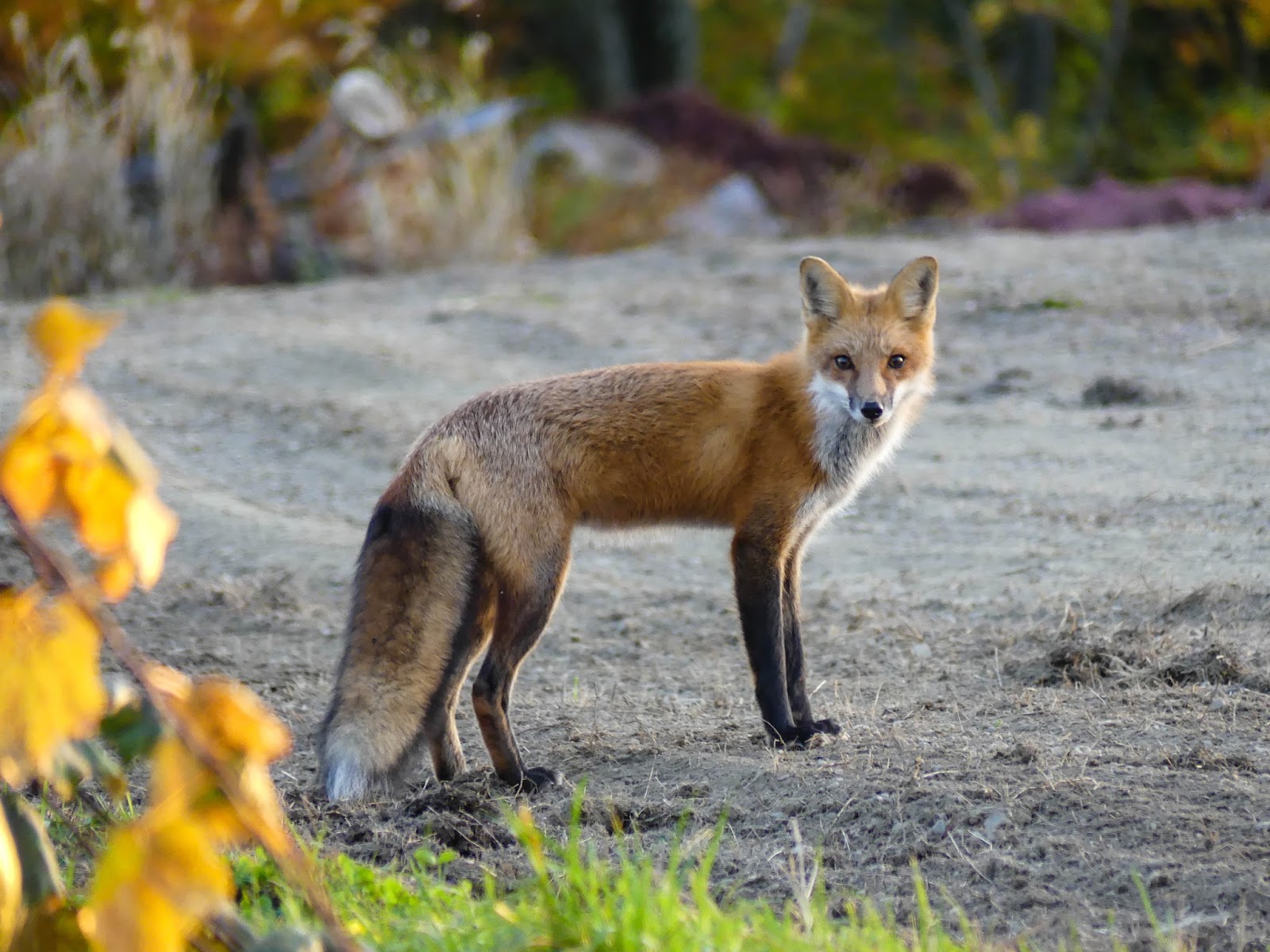
To make things more confusing, I was shocked to discover over 45 subspecies of the red fox ( vulpes vulpes) exist - according to online databases. The red, or most common fox ( Vulpes vulpes) lives in both the Old World (Europe) and the New World (North America). The title “fox” in a broad sense refers to 10 or so species of Canidae relegated to the genus Vulpes. As it turns out, an original or “native” red fox subspecies did inhabit montane and glacial areas of North America prior to European settlement it just wasn’t indigenous to where early settlers were colonizing in the eastern United States.Īccording to experts, the red fox has the largest natural distribution of any wild canid. So I decided to dig deeper into the history and taxonomy of North America’s Red Foxes. The concepts of “old-world” and “new-world” red foxes were brought to my attention via casual discussion with a local biologist and, well, being one who just can’t leave well enough alone, I wanted to get more clarity on the topic. The result - the introduction of the larger Red Fox finding a new home in the New World of a colonizing New England, and becoming just another non-native wild species imported during the boon of said colonization.īut is it as simple as gray foxes are native and red foxes are not?

Rumor has it, the smaller Gray Fox, with the natural adaptation to scale and climb trees, became less engaging for fox-hunting settlers, as their fox hounds would lose scent once the indigenous canines were driven to the treetops. As I became more enthralled with the biological characteristics of wildlife species as a young adult, it was also well established amongst wildlife professionals and fur trappers alike that only one of these two fox species were native to North America.īy the 1700s, early English settlers were prompted to import Red Foxes (vulpes vulpes) from their native homelands of Europe for sport hunting with hounds. Legal trapping can occur 100 yards from an occupied dwelling without permission of the occupants, closer with permission as long as there are no municipal ordinances that prohibit trapping.Growing up around furbearers, I made the physical distinction early on between our two New England resident fox populations - the often meek Gray Fox ( Urocyon cinereoargenteus) and the slightly larger Red Fox ( vulpes vulpes).

The Illinois Department of Natural Resources offers a lengthy trapping season (3 months, in some cases 4.5 months). Trapping can help control the local population of animals and, in some cases, reduce the number of nuisance complaints and the damage that some species can cause. Recreational fur-trapping (and hunting when and where allowed) is the preferred method to deal with nuisance furbearer issues. Trap size recommendations for red foxes are found on page 90 TrapperEducationManual.Ĭurrent hunting and trapping seasons can be found in th Illinois Digest of Hunting and Trapping Regulations or in the Legal Status section below.
AMERICAN RED FOX MANUAL
The Illinois Trapper Education Manual provides guidance on the best management practices for trapping. The IDNR Furbearers page provides more information about hunting and trapping Furbearers. The biologist can provide information on options for resolving problems, including issuance of a nuisance animal removal permit. If you want to trap the animal yourself, you will need a nuisance animal removal permit issued by the Illinois Department of Natural Resources. If you want to hire someone to remove the fox for a fee, contact a nuisance wildlife control operator. If a fox is taking poultry or causing other problems, it may be trapped and removed if a permit has been issued. There are currently no approved repellents for foxes in Illinois.įrightening devices are typically ineffective at deterring foxes. Predation of poultry occurs most frequently during late spring and summer when adults are provisioning their young. All doors or other openings should be shut at night. Providing a shed or other enclosure will help protect poultry. Since foxes are good climbers, it may be necessary to add a wire roof to keep determined foxes out. Wire mesh fences should have openings less than three inches to prevent foxes from squeezing through the fence. Wire fencing should be buried at least 12 to 24 inches below ground to prevent foxes from digging underneath the fence. To protect poultry, make sure that fences are secure.

Habitat ModificationĬontrol rabbit and small mammal populations to reduce the likelihood that a fox will use your property. Red foxes sometimes take poultry and can cause a nuisance when they burrow under buildings. Contact an IDNR District Wildlife Biologist.



 0 kommentar(er)
0 kommentar(er)
